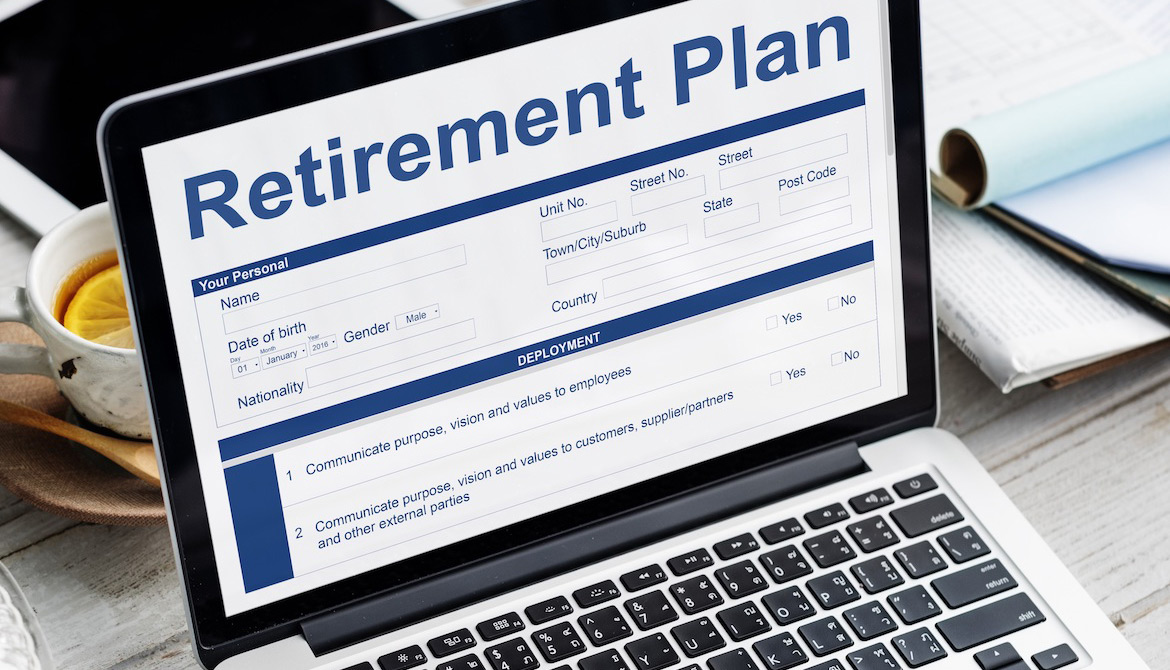5 minutes
Give plan participants—and administrators—the advantages of retirement planning technology improvements.
Advancing digital technology continues to transform the 401(k) experience for plan sponsors and participants. If your credit union, like many, still uses mostly paper-based procedures for 401(k) enrollment and distributions, consider these three key advantages of a digitally based program.
Digital Advantage #1: A personalized experience that helps employees easily and effectively manage their 401(k).
Engaging your participants in actively managing their 401(k) program starts with how easy it is to access their account information. They should be able to log-on to their account with their device of choice—desktop, tablet or smartphone—and easily do what they need to do.
Most credit unions already provide online banking services that members can use easily on any device, right? So, give your 401(k) participants the same type of experience. They should be able to view their account information, change investment funds and contribution percentages, etc., easily from any device, anywhere.
If your 401(k) provider offers a mobile app, consider offering and promoting it to your participants. Mobile devices are increasingly being used by consumers to learn, make transactions and manage their finances. Meet your plan participants where most of them are: on their smartphones and tablets.
Digital technology today can do much more than simply provide users with easier access to 401(k) account information and transactions: It can personalize the experience for each user.
A digital platform can track each participant’s transactions, savings progress, age, income, etc., and curate a selection of articles, budgeting tools, and other materials based specifically on these factors. The more employees interact with the system, the more relevant information is shared with the participant in an effort to anticipate their needs.
Digital Advantage #2: Stronger security that guards against data leaks and fraudulent transactions.
Keeping your 401(k) participants’ data and assets secure is a primary responsibility for every plan sponsor.
High profile data breaches in recent years have reinforced the need to work with record keepers that have strong credentials for data security.
As for individual transactions, you might think electronic transactions are more vulnerable to fraud than paper transactions. But electronic transaction systems tend to have more fraud protections in place thanpaper-based systems. Some of the most common customer-facing fraud protections are:
- Identity proofing—The process of verifying and authenticating peoples’ identities before issuing an account or processing a transaction for them.
- Multi-factor authentication—Requires customers to use a secondary security factor, such as a phone number (cell or landline), an email address, or a security app to gain access to their accounts at each log-in.
- Notifications—When you place an order on an e-commerce site like Amazon.com, you get notification emails or texts when the order is placed, when it ships, when it’s delivered, etc. The process can be similar with 401(k) transactions. Your participants can receive multiple notifications along the submission and approval process, so they can spot fraudulent transactions.
These protections are especially critical when dealing with former employees who are still in your 401(k) plan.
Digital Advantage #3: Clear, easily accessible measurements that show plan sponsors and participants whether their program or account is achieving its ultimate goal—on-time retirement.
The data that 401(k) employers, as plan sponsors, often focus on is investment fund performance and whether the plan is compliant. This information is important, of course. But it doesn’t really indicate success. A successful 401(k) program, quite simply, means your employees can retire on time.
A data-driven platform can show plan administrators clearly how many employees are participating, their savings rates, investment mix and whether they’re currently on track to meet their retirement income targets.
These admin tools can also help you measure the effect of your training, promotional communication campaigns and other plan design changes.
To work properly, these tools must be intuitive and user friendly. The same goes for tools that individual plan participants use to manage their accounts and track their own progress. These tools should always show participants at a glance whether they’re on target to retire on time and the potential effects of any changes they may make.
A good example is when employees apply for a loan from their 401(k). The account interface should not only provide an easy application process, it should show the applicant the effect the loan would have on his or her projected monthly retirement income. Then, as described in Advantage #1, the system could direct the applicant to more information about 401(k) loans, budgeting and other relevant topics.
Switching from a largely paper-based 401(k) program to a digital program certainly requires a commitment of effort and resources. But the result will be a program that’s easier to administer, more secure and ultimately more effective.
Jason Hanson is director/ e-commerce for CUESolutions Platinum provider CUNA Mutual Retirement Solutions. Reach him at jason.hanson@cunamutual.com.





